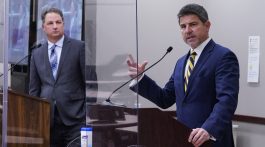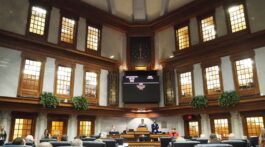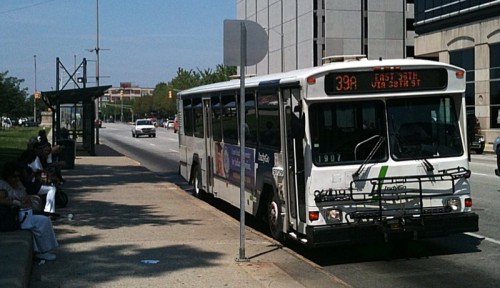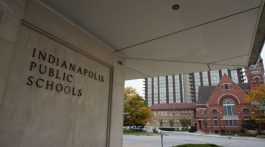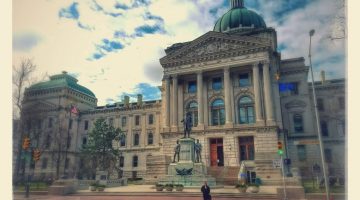By Erin Tuttle
Hoosiers have a lot to decide on Election Day, including which way to vote on a referendum that would increase local income taxes on Marion County residents by $56 million. At a time when most Hoosiers haven’t seen a wage increase for several years, the prospect of having less in their weekly paycheck couldn’t come at a worse time.
If approved, Question #2 on the ballot would institute a permanent income tax increase that would be applied to those making minimum wage to those in the top 1% as well as the taxable portion of unemployment benefits and pensions—everyone would see less in their pocket, even those who are struggling the most.
Considering that many fundamental county services are lacking appropriate funding, Marion County residents have rightly questioned why IndyGo should be the priority. After all, the city already subsidizes close to 80% of its operating costs. Yet, if approved by voters, the tax would be entirely dedicated to support IndyGo bus service– no other county services, such as roads, schools, fire, or police, would be allowed to access these funds.
Moreover, the lack of demand for public transportation in Indianapolis has called into doubt the wisdom of pumping more money into what has historically been an underutilized public service. Unlike other cities where transit is successful, the number of people using public transportation in Indianapolis is very small, less than 2% of the population. Despite claims by IndyGo that an influx of millennials and baby boomers has increased demand for public transportation, ridership numbers declined in 2015.
According to IndyGo, the lack of ridership is due to the lack of frequency and service provided by the current bus system. This may be true, but increasing IndyGo’s local tax revenue from $34 million (property taxes) to $90 million (property taxes + new income tax) — a 60% increase—seems like a high price tag for increased service.
In IndyGo’s opinion, the additional $56 million is a small price to pay for the benefits the new transit system could offer riders. Specifically, IndyGo claims it would be able to make improvements to the system that would provide greater “access” to “high frequency routes,” which, in turn, would make transit more reliable and attract new riders.
Unfortunately, to deliver “high frequency routes” as IndyGo promises, they need to construct three bus-rapid-transit (BRT) lines (Red, Blue, Purple), which are NOT funded by the referendum. IndyGo has acknowledged to stakeholders that while the ballot language includes “the creation of three bus-rapid-transit lines,” without an additional $390 million in federal grants and local resources, these lines can’t be built.
Apparently, IndyGo is willing to take the risk that future funding may not materialize and voters’ expectation of improved service will need to be walked back. Why wouldn’t they? Either way, they get to keep the tax money- it’s permanent and dedicated solely to IndyGo. Vote “NO” on Question #2. or more information, StopTheRedLIne.com.
Erin Tuttle is an Indianapolis Resident and part of the StopTheRedLine organization.






